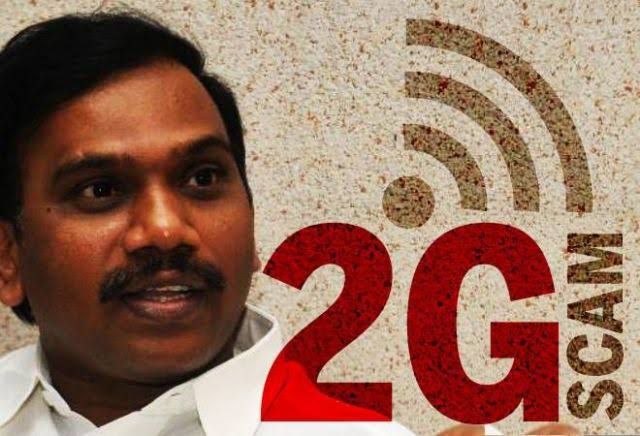CASE STUDY OF INDIRA KAUR VS SHEO LAL KAPOOR(1988):
AUTHOR- ROSHNI DUTTA OF LJD LAW COLLEGE-FALTA UNDER CALCUTTA UNIVERSITY
INTRODUCTION:
The abovementioned case is a landmark decision by The Supreme Court of India that focuses on the crucial issues like the property related rights and the validity of the property transfer under the transfer of Property act 1882. The case is based on a scenario where the property has been fraudulently transferred with an intention to defraud creditors.
FACTS OF THE CASE:
Here in this case two parties who were involved. The name of the appellant was Indira Kaur and the name of the respondent was Sheo Lal Kapoor. Indira Kaur was an owner of a property later that property was transferred to the respondent Sheo Lal kapoor. The transfer was done and according to the Appellant Indira Kaur The transferl deed was executed fraudulently. Appellant Indira Kaur claimed that the transfer deed was done under duress and without her genuine consent. According to this claim the transfer was done with an Intention to defraud the creditors. She challenged the validity of the Property transfer. She wanted this property transfer to be declared void to protect her right as a genuine owner. Honourable court examined the case Whether the property transfer was done fraudulently or not & the court also looked into the matter of the rights of the genuine owner in cases where the property has been fraud transferred.
There were several issues that came in front of the Hon’ble Court . Those are
- Whether the transfer deed was executed with an intention to defraud the creditors or not.
- Whether the transfer was valid and binding on both the parties who were involved in this case.
- The rights of the genuine owner in a case of a fraudulent transfer.
Judgement: The Supreme Court of India ruled in favor of the appellant Indira Kaur stating that doing any transfer of property with an intention to defraud creditors is considered as voidable at the option of the defrauded party with whom the fraudulent incident happened . The Supreme Court explained it in detail that such transfer is illegal and the genuine owner has a right to nullify such transfer of property in order to protect their interest.
Significance :
- The Judge emphasized in detail that any transfer of property with an intention to defraud creditors would be voidable at the option of the defrauded party. It will protect the interest of the genuine owner of that property.
- This case sets example that the legal remedies are available in case of fraudulent transfer. The victims who fall under the trap of such transfer can seek legal action if their interests are harmed.
- This case reinforced the principles which are mentioned in the transfer of Property act 1882. It dealt with those sections providing the issue and legal remedies of the fraudulent transfer.
- The case reinforced the Justice and equity in case of property transfer. The case ensures that the property transfer should be done in a fair manner. In case of any deceitful activity, legal actions will be taken.
- This case will be considered as precedent for future cases regarding disputes of property transfer and fraudulent activities.
- This case highlighted the result of wrongful act or fraudulent transfer and encouraged the transfer of Property should be done in a fair and diligent manner.
Several example of cases like this case are mentioned hereafter:
- T. Lakhshmipathi & Ors vs P nithyananda Reddy Ors(2003)
The case regarding a dispute over partition and joint family property. The allegation was made that fraudulent transfer of property occurred to deprive other family members of the share of the property. The Supreme Court of India held that depriving the legal heirs of their legitimate share would be considered as voidable.
- Suraj Lamp and Industries vs State of Haryana anr. (2011)
The case dealt with the case of fraudulent transactions which lead to disputes over ownership and possession.
FAQ:
- What is fraudulent transfer of property?
Ans: A fraudulent transfer means when the transfer of a property is done in a wrongful manner in order to deceive the other party trying to harm the interest of the genuine owner. Such transfers are typically happens due to misrepresentation, Coercion, Undue influence or lack of free consent of the involved parties.
- What are the legal remedies which are available to the defrauded party or the party whose interests are harmed?
Ans: The defrauded party can file a suit in the Civil Court in order to declare that such transfer is void. The defrauded party can also seek compensation for all the loses which he or she suffered due to such transfer.
- What is the significance of Indira Kaur vs Sheo Lal Kapoor case? How does it effect ?
Ans : The case reinforced the principles of the transfer of Property act 1882 which deals with the fraudulent transfer with an intention to defraud creditors. In emphasized that legal remedies are available for defrauded party and such transfer of property is voidable at the option of the defrauded party.
- What are the common signs that a property is transferred through fraudulent activities?
Ans: Lack of free consent, Coercion, Undue influence while executing the transfer deed.
- State several Example of cases where such fraudulent transfer of property occurred.
Ans: Several example of cases are T lakhshmipathi & ORS VS P . Nithyananda Reddy ORS (2003), Suraj Lamp and Industries Pvt. Ltd. Vs State of Haryana & ANR 2011, Ghanashyam Das vs OM Prakash 1981 etc.
CONCLUSION:
The case of Indira Kaur and Sheo Lal kapoor highlighted the issues of property transfer and emphasized the result of a fraudulent transfer. This case is a significant decision taken by The Supreme Court of India which established a vital legal precedent for future cases like this.

